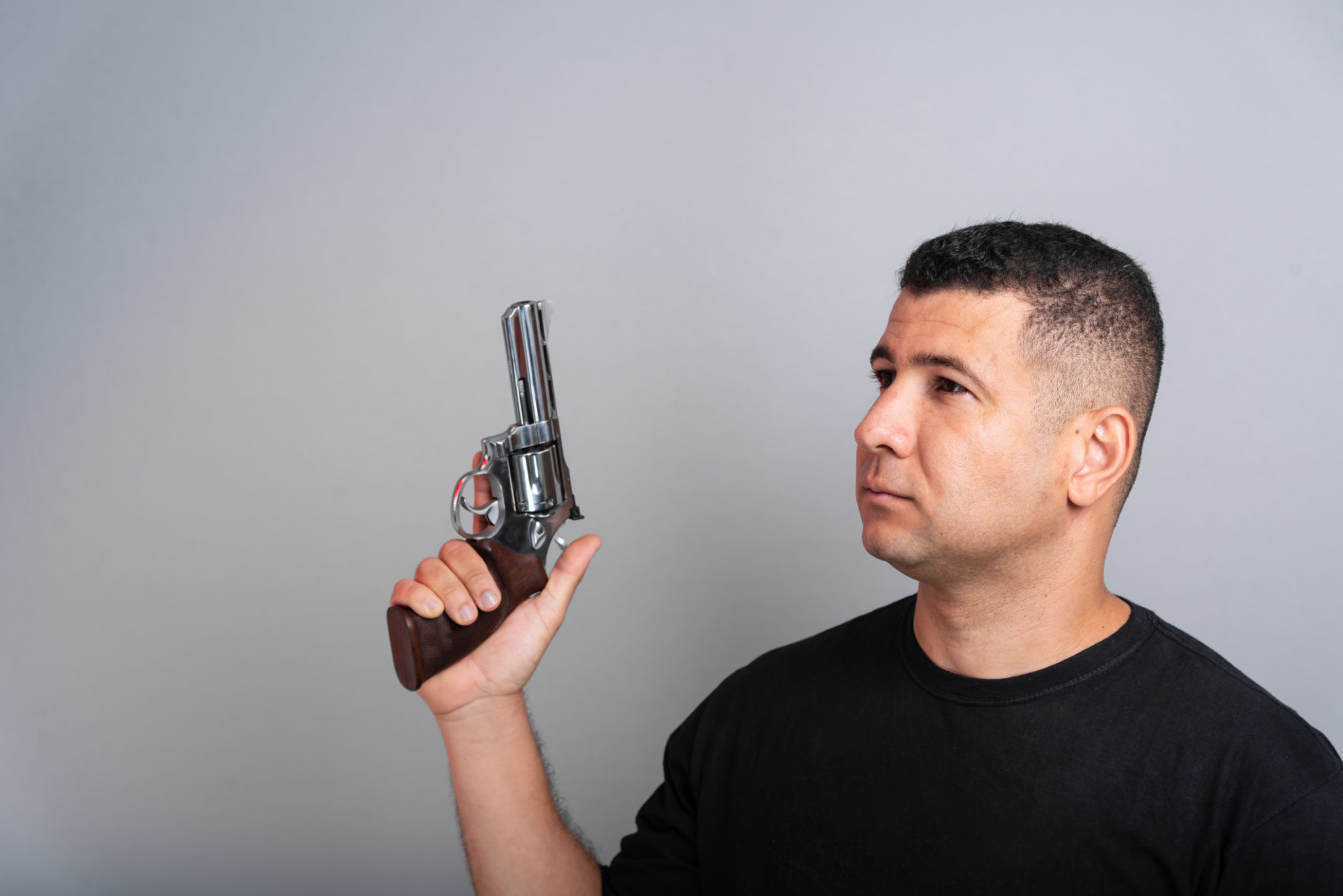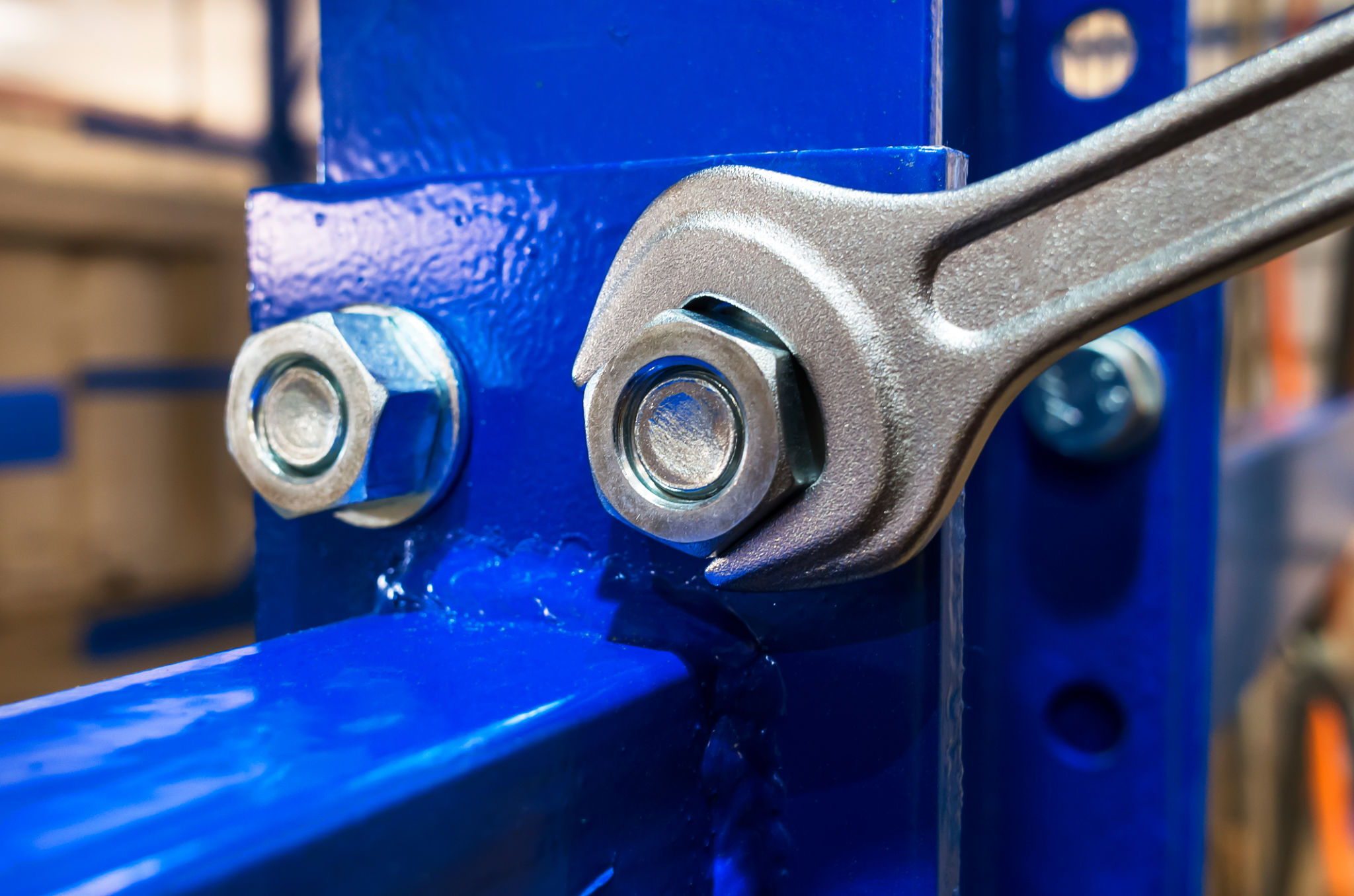How to Install Gun Sights: A DIY Guide for Beginners
Installing gun sights can significantly improve your shooting accuracy, making your firearm more effective for various applications. Whether you’re a seasoned shooter or a beginner, installing gun sights yourself can be a rewarding DIY project. This guide will walk you through the steps to help you confidently install gun sights on your firearm.
Gathering the Necessary Tools
Before starting the installation process, it's essential to gather all the necessary tools. You’ll typically need a sight pusher tool, a screwdriver set, a bench block, and possibly a hammer and punch set. Having these tools ready will ensure a smooth installation process.
Additionally, ensure you have a clean and well-lit workspace. A stable surface to work on will prevent any mishaps during the installation. If you’re unsure about some tools, consulting the gun sight’s manual or contacting the manufacturer can provide further clarification.

Preparing Your Firearm
Safety is crucial when handling firearms. Begin by ensuring that your gun is unloaded and that there is no ammunition in the working area. Double-check to confirm that there are no rounds in the chamber. Once you’re certain, you can proceed with the installation.
Next, remove any existing sights on your firearm. This may involve unscrewing or using a sight pusher to gently remove them. Be careful not to damage the slide of your gun during this process. Taking your time with this step can prevent potential issues later.
Installing New Sights
With the old sights removed and the necessary tools at hand, you can now install the new sights. Align the new sights with the dovetail grooves on your firearm. Using a sight pusher tool can help you slide them into place without causing damage.

If you don’t have a sight pusher tool, you can carefully tap the sights into place with a hammer and punch set. Ensure that the sights are centered correctly for optimal accuracy. It's advisable to frequently check alignment during this process.
Tightening and Securing
Once the sights are in position, tighten any screws or fasteners to secure them in place. Make sure not to overtighten, as this could damage both the sights and your firearm. Checking the manufacturer’s specifications can provide guidance on how tight these should be.

Testing Your Installation
After installation, it's important to test your new gun sights. Head to a shooting range to practice and confirm that the sights are aligned correctly. Making minor adjustments might be necessary depending on your shooting results.
Remember that practice is key to improving accuracy. Utilizing your new sights effectively will take some time, but with patience, you’ll see improvements in your shooting precision.
By following these steps, installing gun sights becomes a manageable task even for beginners. With proper preparation and attention to detail, you can enhance your firearm's performance and enjoy better shooting experiences.